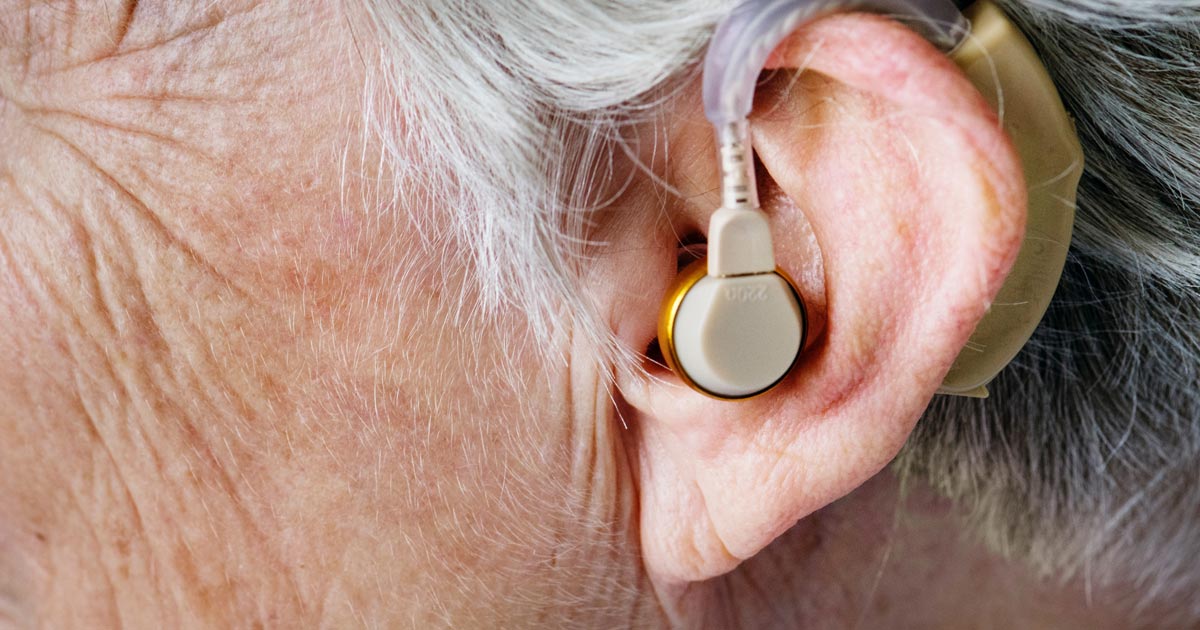
Traveling with Hearing Loss
If you have a hearing impairment, traveling for business or pleasure can present communication and navigation challenges. But with some mindful adjustments, travel can be a pleasure.
Here, experts offer a few general tips, as well as specific issues to consider when driving, taking a train or flying with hearing loss.
The Basics
Equipment. If you use hearing aids, pack plenty of batteries, chargers and ear protection. If you're traveling to a humid climate, consider a dehumidifier for your hearing aids, too.
Attitude. During the journey, act as your own advocate: "Tell people you have hearing loss because it's something they don't see so they won't know," advises Eryn Staats, audiology manager in the department of otolaryngology at Ohio State University in Columbus. "Ask them to look at you while they're talking so you can see their mouth, and to speak slowly and distinctly and to repeat themselves if need be."
Some hearing aid devices have a directional microphone system that can focus on one passenger.
Traveling by Car
Navigation. To help you keep track of where you're going while keeping your eyes on the road, "many hearing devices now have the capability to pair with Bluetooth-enabled GPS devices, either directly or using an intermediary accessory," says Sarah Sydlowski, audiology director of the Hearing Implant Program at the Cleveland Clinic. "This allows you to stream GPS directions directly to the hearing device, while still hearing those around you."
Noise Reduction. Wind and road noise can be distracting in a car, but some advanced hearing aids can be programmed to compensate for background noise, says Bridgid Whitford, director of hearing services at the Cleveland Hearing & Speech Center and adjunct instructor of psychological sciences at Case Western Reserve University.
"Another more basic option is to turn off the hearing aid facing the window," Whitford suggests, with one caveat: "Since sirens and ambulances can be easy to miss, be aware of your surroundings and use your mirrors to regularly scan the environment."
Communication. To better hear other passengers in the car, use the remote microphone accessory for your hearing aid; some devices can even be programmed to use a directional microphone system so you can hear passengers to one side of you or behind you louder than input from other directions.
Traveling by train? Consider using an app that'll allow you to be notified when it's your stop.
Taking the Train
In the Station. It's especially helpful to wear hearing aids that aggressively reduce background noise because train stations can be quite noisy. Otherwise, you "may not hear emergency instructions or route changes that are announced," Whitford says.
Pay close attention to the schedule posted in the station. You can also use an app on your smartphone to notify you via text or email of time changes, platform changes, or routing issues.
On Board. Once you're on the train, sit in the quiet car. Staats also suggests letting the conductor or attendant know you have impaired hearing so you don't miss any important announcements. Some trains feature visual notices about upcoming stops; use those to keep track of the order of the stops, Whitford says. If you're on a train that doesn't feature visual displays, ask a fellow traveler or the attendant to alert you when your stop is coming up.
If you need to print your boarding pass or change your seat, skip the counter and opt for the airline's kiosk.
Traveling by Air
Plan Ahead. If you're going to bring an assistive listening device that requires aircraft power, some airlines want to know when you book your ticket so they can be sure it's compliant with their safety requirements.
At the Airport. You can use a self-check-in kiosk to sidestep the possibility of having trouble communicating with airline staff at the counter. Some airport terminals and lounges provide hearing loops (sometimes called audio induction loops), special sound systems for people with hearing aids that greatly improve the quality of sound in public places and reduce background noise: The system provides a magnetic, wireless signal that is picked up by the hearing aid when it is set to the "T" (for Telecoil) setting, Sydlowski notes.
Use an app on your smartphone to get notifications via text or email if there's a gate change or a flight delay; be sure to check the flight boards regularly, too.
At Security. When you go through security, "you're not required to remove any hearing aids or cochlear implants," Sydlowski says, but you may be given a pat-down if they set off the metal detector or advanced imaging technology. Don't put your hearing device on the X-ray belt, though, because it can damage the microphones, Sydlowski warns. Once you're at the gate, sit near the podium and let the attendant there know that you have hearing loss if you're concerned about whether you'll hear announcements.
On the Plane. As at the gate, "you may want to let your flight attendant or seatmate know about your hearing loss and ask them to alert you of any important messages" since you may have trouble hearing the PA announcements, especially against the engine noise, Whitford says. Here, too, setting your hearing aids to reduce background noise will help.
Written by Stacey Colino, Courtesy of AARP.
This article was republished with permission and originally appeared at AARP.



